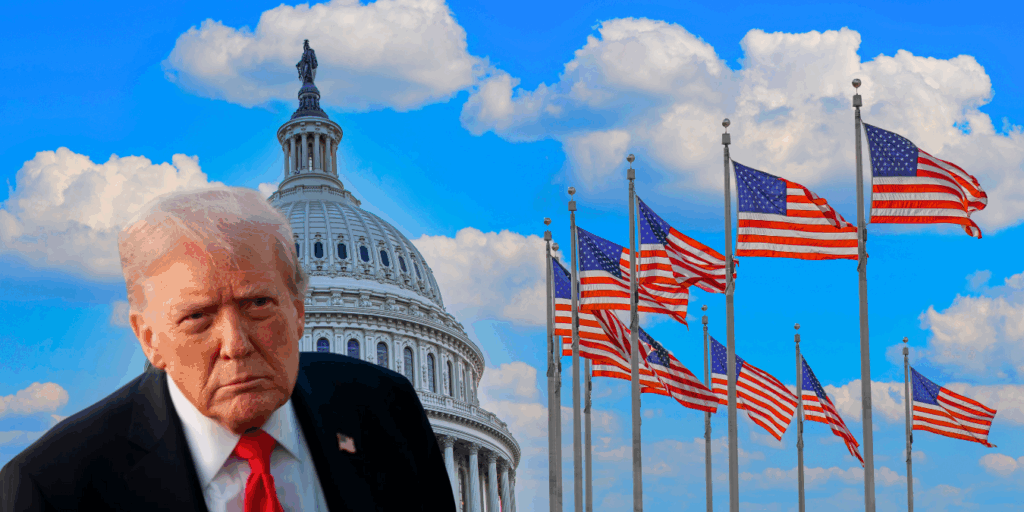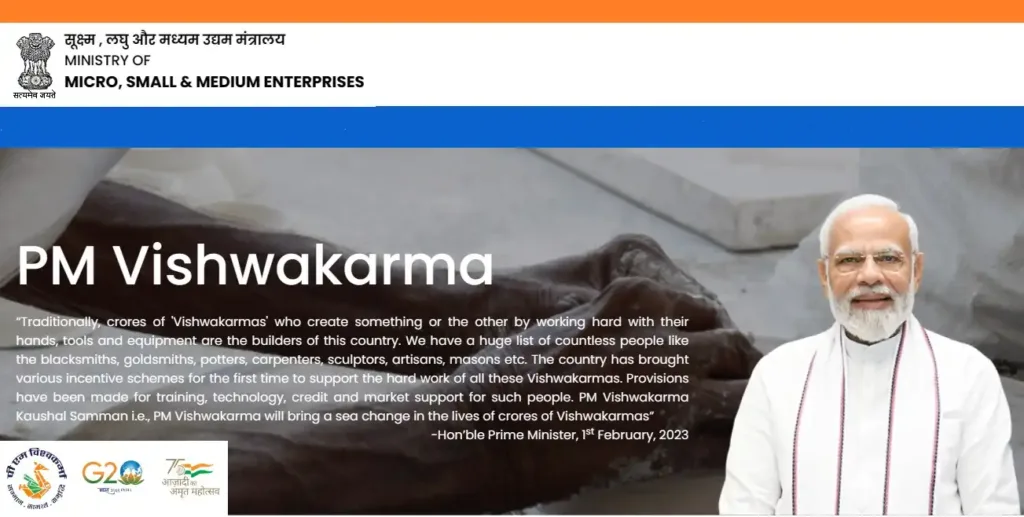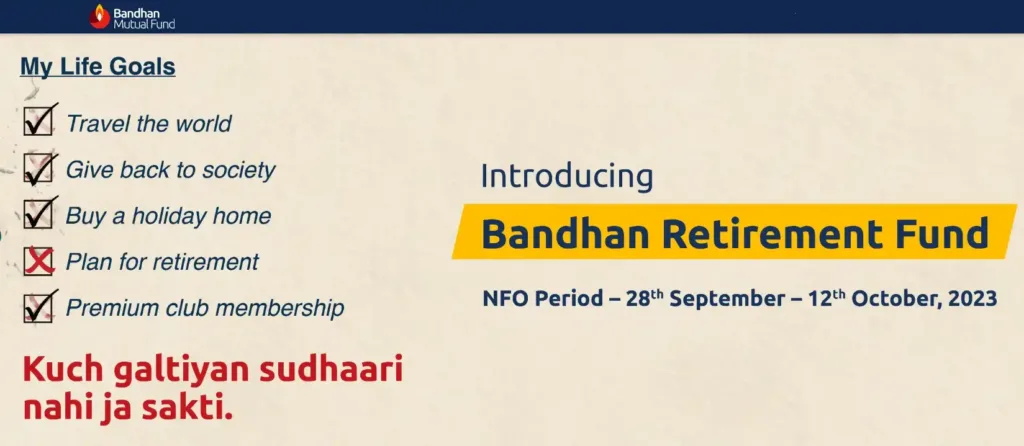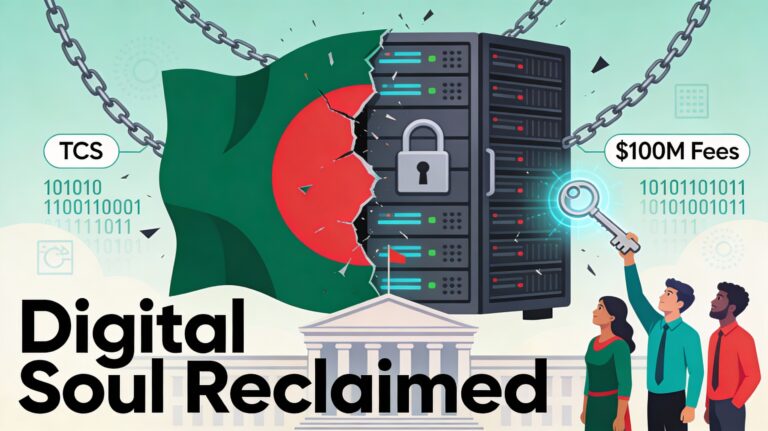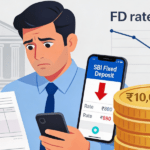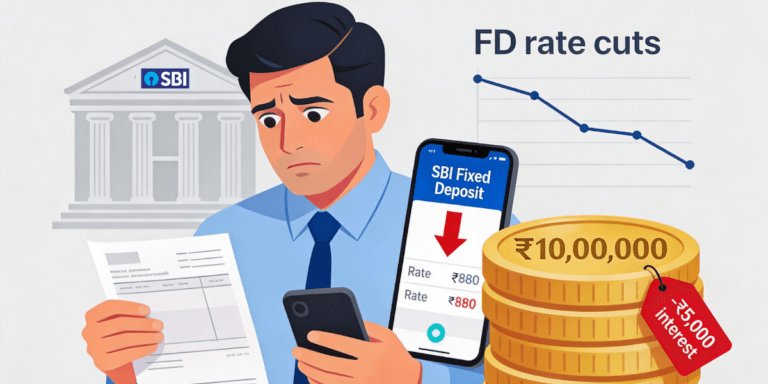
Critical Analysis of EPFO Full Withdrawal Timeline Revised to 12 Months to Ensure Interest Benefit to Subscribers
EPFO’s 2025 withdrawal rules just changed—but here’s the surprising catch most Indians aren’t seeing. Discover why waiting 12 months could unlock hidden interest benefits and how rising costs make this rule a game-changer for your retirement corpus. Don’t miss the secret that could boost your savings overnight!
What if the way you access your hard-earned Provident Fund could secretly make a huge difference to your retirement corpus? In October 2025, the EPFO shocked millions by revising the full withdrawal timeline from just 2 months to a whopping 12 months. At first glance, this might feel like an annoying hurdle—especially if you urgently need cash. But beneath this rule lies a powerful secret to growing your savings smarter and securing your financial future. If you’re an Indian salaried employee or a subscriber, understanding this hidden timeline change is the key to unlocking maximum interest benefits with minimal risk. This quick, yet powerful shift in EPFO rules could change your financial game forever—let’s dive deep into what it means for you today.
What Led to the EPFO’s Bold Move in 2025?
In October 2025, the EPFO board introduced a major revision: the full withdrawal timeline after unemployment will now be extended to 12 months from the earlier 2 months. This means if you lose your job, you must wait a full year before withdrawing your entire PF corpus. Pension withdrawals, linked to the Employees’ Pension Scheme (EPS), have an even longer wait of 36 months.
Why This Change?
The government, backed by EPFO officials, explained that many subscribers withdrew their entire amount too quickly, often within 2 months of job loss, and secured re-employment soon after. Hence, they missed out on the interest credited by EPFO during that period. By extending the wait to 12 months, subscribers are assured at least one cycle of interest accrual, helping their savings grow.
Previously, with a short 2-month horizon, a subscriber losing a job twice or thrice in quick succession could almost erode their corpus due to premature withdrawals without enjoying the interest benefits. The new timeline is designed to prevent such erosion and maintain the retirement corpus’s integrity.
The Ins and Outs of the New EPFO Withdrawal Timeline
The Revised Timeline at a Glance:
- Full PF withdrawal after unemployment: 12 months waiting period (was 2 months)
- Pension withdrawal (EPS): 36 months waiting period (was 2 months)
- Minimum 25% of EPF corpus must remain untouched at all times
- Partial withdrawals simplified into three categories: Essential needs, Housing, and Special Circumstances
- Interest rate on EPF remains attractive at 8.25% for FY 2024-25
Minimum Balance Rule — The Smart Safety Net
Under the new norms, even after partial withdrawals, subscribers must maintain at least 25% of their EPF balance within the account. This means if your PF corpus is ₹10,000, you can withdraw ₹7,500 in case of unemployment within 12 months, but ₹2,500 must remain invested to earn interest and stay protected. This safety net is an important change that promotes disciplined savings while offering flexibility.
Who Does This Affect?
Primarily, this change impacts salaried workers, freelancers moving between jobs, and those facing temporary unemployment. India’s growing workforce—over 70 million EPF subscribers—will feel the direct effect of these revised rules.
Real-World Impact: A Tale of Two Subscribers
Consider two subscribers: Rajesh and Priya.
- Rajesh lost his job in May 2025, needing money urgently, and withdrew his entire PF savings after 2 months under the old rule. However, he found another job in August. His corpus missed out on interest for those crucial months.
- Priya, experiencing the new 12-month rule, withdraws only 75% during unemployment, leaving 25% in her EPF account. She now benefits from the 8.25% interest on the remaining balance, growing her retirement corpus even in difficult times.
This contrast highlights the hidden power of interest accumulation and the importance of the revised timeline.
Pros and Cons of the EPFO full Withdrawal Timeline
Here are the pros and cons of the EPFO full withdrawal timeline revision to 12 months in 2025:
| Pros | Cons |
| Ensures subscribers earn interest on their PF corpus for a longer duration, boosting retirement savings. | Longer waiting period may inconvenience subscribers who need immediate access to full funds in case of unemployment or emergencies. |
| Encourages disciplined, long-term savings habits by mandating a minimum balance retention of 25%. | Some subscribers may face cash flow challenges due to the inability to withdraw the entire corpus quickly. |
| Protects the integrity and growth of the EPF fund, enabling EPFO to sustain competitive interest rates of 8.25%. | The extended 36-month timeline for pension withdrawals can complicate retirement or job change plans for some subscribers. |
| Simplifies partial withdrawals with broader, clear categories and easier documentation. | Differentiated timelines for EPF and EPS withdrawals may cause subscriber confusion. |
| Digital reforms in 2025 ease the withdrawal process and improve transparency and convenience. | Potentially affects labor market dynamics as subscribers may delay job decisions due to locked-in withdrawals. |
This balanced view shows the appeal of long-term financial benefits against the immediate liquidity challenges posed by the new EPFO withdrawal rules.
Hidden Benefits of the 12-Month Withdrawal Rule
1. Increased Interest Accrual
The EPFO credited an interest rate of 8.25% for FY 2024-25, a rate consistent with prior years and one of the highest safe returns for Indian salaried employees. By extending the withdrawal timeline, your corpus earns interest over a longer period, boosting the final retirement amount.
2. Encouraging Long-Term Savings Discipline
With the minimum balance rule and longer wait time, the EPFO disincentivizes impulsive full withdrawals and encourages members to think beyond immediate cash needs, safeguarding retirement security.
3. More Predictable EPF Fund Flow
For EPFO, the larger corpus retention helps maintain the fund size needed to pay competitive interest rates and sustainable pensions.
The Flip Side: Challenges and Concerns
Inconvenience for Urgent Cash Needs
Some subscribers facing sudden unemployment or financial emergencies might find the 12-month wait restrictive. Though partial withdrawals up to 75% are allowed, the inability to withdraw the entire corpus quickly could cause short-term hardship.
Confusion Over Pension Withdrawal Timeline
With pension withdrawals moved to 36 months, subscribers planning early retirement or job changes may deal with more complex planning and extended wait times.
Potential Overhang on Job Market Dynamics
Subscribers might delay re-employment decisions, knowing their PF withdrawals are locked, impacting personal finance and labor market fluidity. However, this remains speculative at present.
What Financial Experts Say
Kunal Kabra, founder of Kustodian.life, commented that while the timeline extension encourages account continuity and corpus growth, it may complicate withdrawal processes compared to previous simpler norms. Also, the differentiation between EPF (12 months) and EPS (36 months) withdrawal timelines might cause confusion among subscribers.
Experts, however, agree on one point — the revised norms protect retirement savings better while balancing short-term liquidity needs.
How to Make the Most of Your EPF Under New Rules
Smart Moves for Subscribers
- Plan Partial Withdrawals: Use the simplified categories (Essential, Housing, Special Circumstances) for partial withdrawals without disturbing your interest-earning balance.
- Keep Track of Your Corpus: Use the UMANG app or EPFO portal regularly to monitor your PF balance and interest accrual.
- Avoid Impulsive Full Withdrawals: Delay closing your EPF account immediately after job loss; let your corpus grow with the mandated waiting period.
- Financial Planning with Emergency Fund: Maintain a separate emergency fund to avoid depending solely on PF withdrawals.
- Stay Updated: Follow EPFO announcements and new digital facility deployments for easier claims and better management.
Current Digital and Policy Advances in EPFO (2025)
2025 has been a landmark year for EPFO digital reforms aimed at member convenience:
- Unified digital passbook via UMANG app integration.
- Automatic claim settlements up to ₹5 lakhs with Aadhaar verification replacing manual employer approvals.
- Increased frequency and flexibility in partial withdrawals.
- Fewer proofs and simplified documentation for withdrawals under the new rules.
These upgrades help subscribers navigate the new 12-month rule with less hassle and more transparency.
What This Means for India’s Future Workforce
With a youthful workforce expanding rapidly, EPFO’s 12-month withdrawal timeline revision balances immediate financial needs with future security. Millions of young Indians entering the formal workforce must grasp these nuances to secure their retirement savings effectively.
This move signals the government’s intent to strengthen India's social security system, encouraging subscribers to stay invested longer, which ultimately boosts individual and national economic stability.
Key Takeaways
- EPFO full withdrawal timeline extended from 2 months to 12 months in 2025.
- Pension withdrawal timeline increased to 36 months.
- Minimum 25% PF corpus retention mandatory at all times.
- Interest rate attractive at 8.25% for FY 2024-25.
- Partial withdrawals simpler with broader categories and fewer documents.
- Aim is to ensure interest benefit accrual, prevent premature corpus depletion.
- Some subscribers may face cash flow challenges but receive long-term corpus growth.
- Digital reforms support easier management of withdrawals and balance tracking.
Final Thought: The EPFO Withdrawal Change You Didn’t See Coming—Is It a Blessing or a Challenge?
The reputation of the EPF system as a secure retirement tool is now closer to being future-proofed with these bold withdrawal timeline reforms. But what happens when immediate financial needs clash with this new waiting game? Could the 12-month withdrawal timeline be the hidden secret to growing your retirement corpus, or a frustrating roadblock for jobless subscribers scrambling for cash? The answer lies in how well you adapt your financial habits and planning strategies in this evolving EPFO landscape. Smart subscribers are already harnessing the power of interest accrual while staying flexible with partial withdrawals—will you join them, or rush into old withdrawal patterns and lose out? The future of your pension might just depend on mastering this delicate balance.

